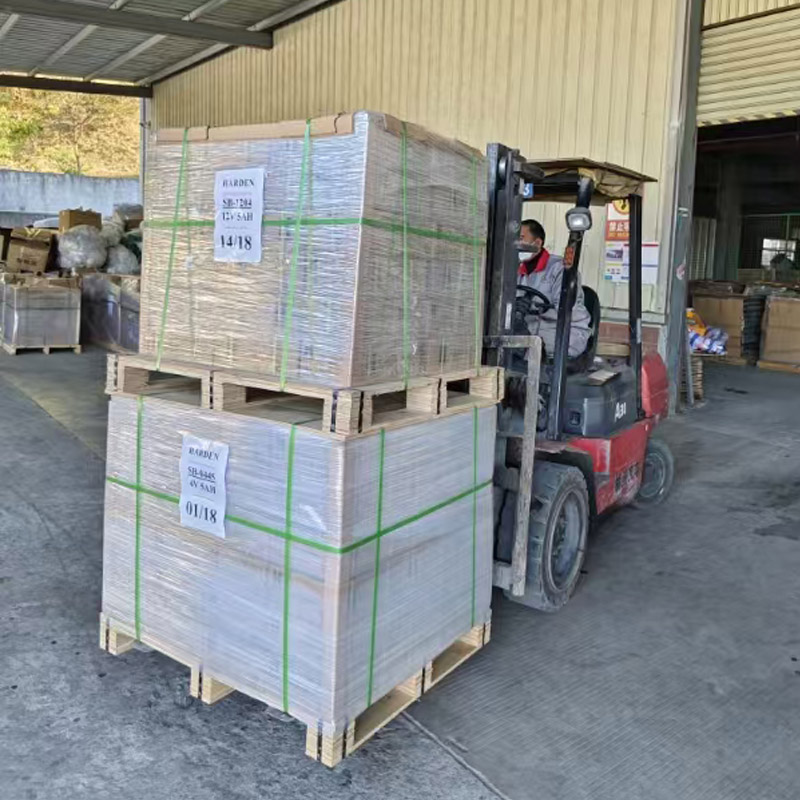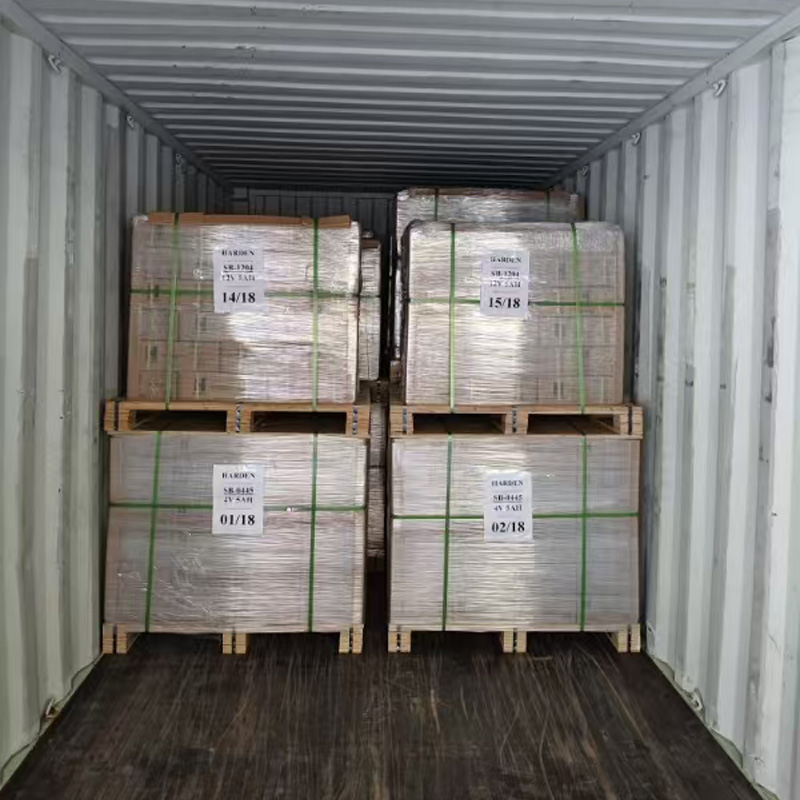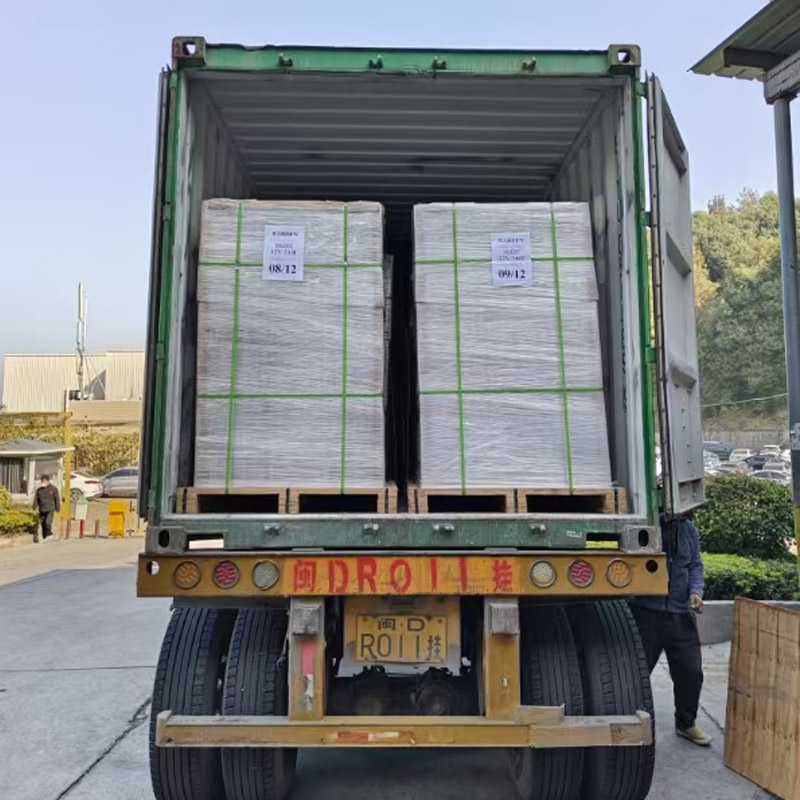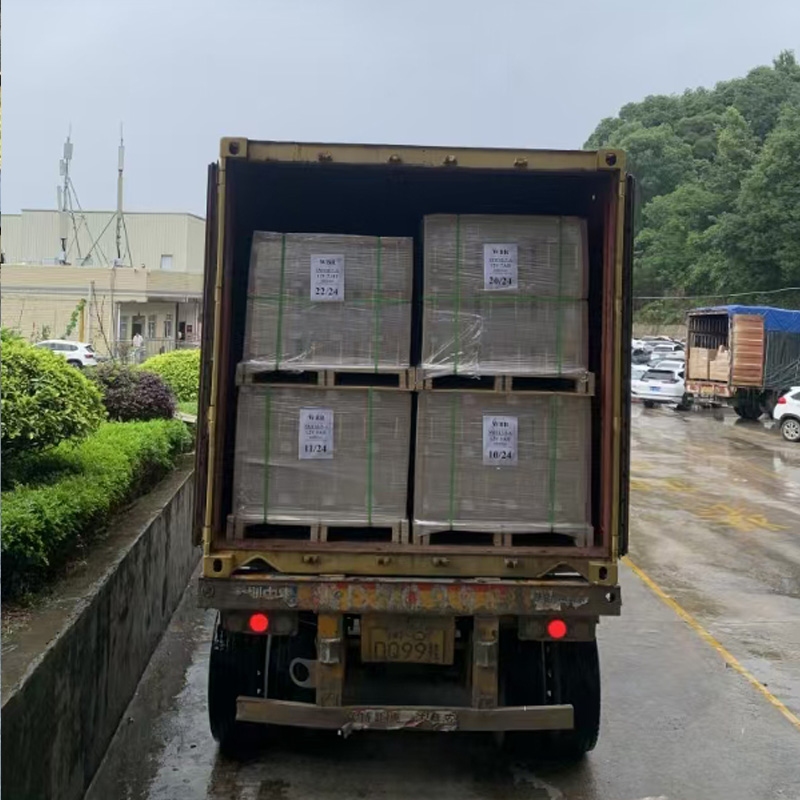When handling the shipment of lead-acid batteries in containers for sea freight, the following key guidelines should be followed to ensure safety and compliance:
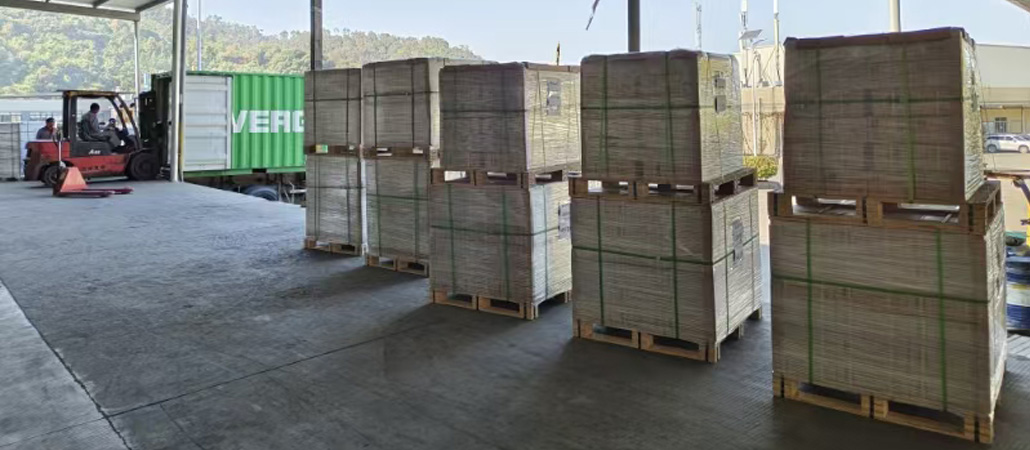
1. Document Preparation
Provide the complete set of shipping-related documents, including:
 Sea Freight Authorization
Sea Freight Authorization
 Material Safety Data Sheet (MSDS)
Material Safety Data Sheet (MSDS)
 Hazard Classification and Identification Report for Goods Transport
Hazard Classification and Identification Report for Goods Transport
 Commercial Invoice, Contract, Packing List
Commercial Invoice, Contract, Packing List
 Customs Declaration Power of Attorney
Customs Declaration Power of Attorney
 Customs Declaration Form
Customs Declaration Form
 Exit Goods Customs Clearance Form
Exit Goods Customs Clearance Form
2. Declaration Information
Ensure accurate declaration details, including: Product name, usage, material brand, model, capacity, whether it contains mercury, rated voltage, volume of the goods.
3. Safety Protection Measures
 Short-Circuit Prevention: Batteries must be equipped with short-circuit protection devices.
Short-Circuit Prevention: Batteries must be equipped with short-circuit protection devices.
 Tilt Test: Batteries must pass a 45-degree tilt test to ensure electrolyte does not leak.
Tilt Test: Batteries must pass a 45-degree tilt test to ensure electrolyte does not leak.
 Packaging and Fixation:
Packaging and Fixation:
1. Batteries are packed in carton and stacked on pallets, with bumper strips added to all four corners of the pallet.
2. After palletizing and securing, wrap the pallets with plastic film to prevent movement or tipping during transit.
3. Maintain a single pallet height of no more than 1.5 meters, with a weight limit of approximately 1.5 tons.
4. If stacking pallets, maintain a single-layer height of no more than 1 meter, with a weight limit of approximately 1 ton, and reinforce the lower pallet with wooden boards to prevent damage from the upper pallet.
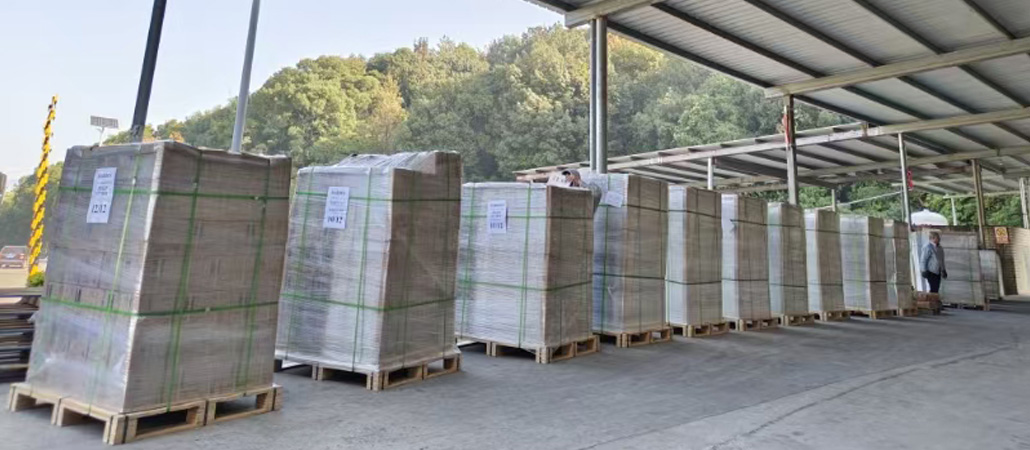
4. Photo Requirements
Provide the following photos during the loading process: Empty container photo, half-loaded container photo, fully loaded container photo, securing the goods photo, half-closed door photo (showing container number and goods), closed door photo, rear view photo.
Adhering to these guidelines ensures the safety and compliance of lead-acid batteries during sea transportation, minimizing risks. Below we shared a clip of a video of how we load the container.
